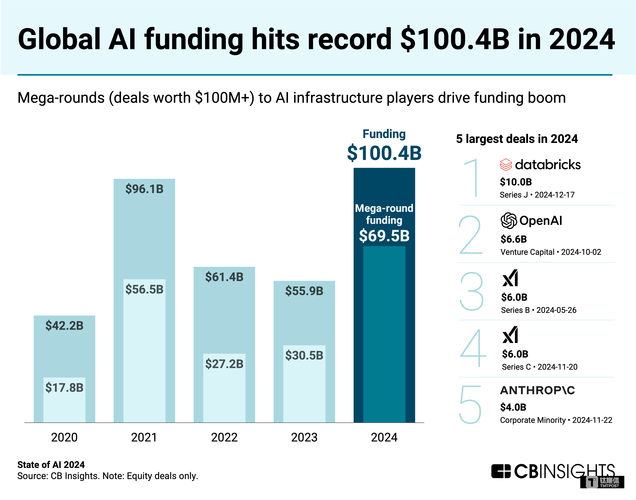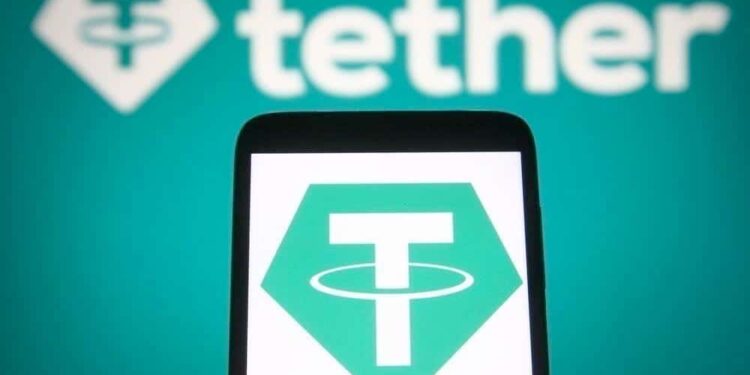Abu Dhabi takes the lead in recognizing USDT’s compliance status, and the stablecoin regulatory benc
 summary:
Abu Dhabi takes the lead in recognizing USDT’s compliance status, and the stablecoin regul...
summary:
Abu Dhabi takes the lead in recognizing USDT’s compliance status, and the stablecoin regul... Abu Dhabi takes the lead in recognizing USDT’s compliance status, and the stablecoin regulatory benchmark is revealed!
Abu Dhabi Global Market (ADGM) Officially Approves USDT (Tether) as a "Recognized Virtual Asset"
The Abu Dhabi Global Market (ADGM) recently approved USDT (Tether) as a "recognized virtual asset," marking a significant milestone in the global stablecoin market. This decision opens the door for stablecoins to integrate into compliant financial ecosystems, further cementing USDT's role as a vital bridge between digital assets and traditional finance.
Approval Scope and Implications
According to Tether’s statement, the approval encompasses USDT on the Ethereum, Solana, and Avalanche blockchains. This means licensed financial service providers within ADGM can now legally offer USDT-related services, including payments, trading, and settlement functions. This groundbreaking move not only sets a precedent for the legalization and mainstream adoption of virtual assets in the Middle East but also unlocks greater potential for the global stablecoin market.
USDT's Market Position and Importance
USDT is currently the world's largest stablecoin by market capitalization, which, as of December 2024, has surpassed $138 billion, maintaining its dominant position in the stablecoin market. ADGM’s approval provides additional support for USDT's market leadership. Designed to combine the flexibility of digital assets with the stability of traditional currencies, USDT has become a preferred tool for financial institutions and individual users in digital asset transactions.
The core value of stablecoins lies in their peg to fiat currencies, enabling price-stable payment solutions within blockchain networks. USDT’s applications extend beyond digital asset trading to include cross-border payments, fund transfers, and decentralized finance (DeFi). As global financial technology evolves, stablecoins are playing an increasingly pivotal role, introducing innovative possibilities to traditional financial systems.
Significance of ADGM's Approval
ADGM is one of the UAE’s—and the world’s—key financial regulatory and business hubs. Its recognition of USDT as a virtual asset carries profound significance. This decision endorses the compliance of stablecoins, signaling that the UAE is committed not only to becoming the Middle East's digital finance hub but also to advancing the global integration of cryptocurrency and traditional finance.
ADGM's move could also serve as a reference model for other jurisdictions. Over the past few years, global regulatory frameworks for virtual assets have been improving but remain fragmented. This precedent from the UAE may prompt more countries and regions to reassess the role of stablecoins in financial markets and expedite related legislative efforts.
Risks and Challenges of Stablecoins
Despite their advantages, stablecoins face several risks and challenges. For example, the U.S. Financial Stability Oversight Council (FSOC) has warned about potential systemic risks stemming from market concentration in the stablecoin sector. With Tether holding approximately 70% of the market share, this high level of concentration poses vulnerabilities such as bank-run scenarios and liquidity risks.
Additionally, transparency and auditing issues have long been points of contention. While Tether has repeatedly asserted that its reserves fully back USDT issuance, questions about the composition and compliance of its reserve assets persist. To build market trust, Tether needs to further enhance transparency and subject itself to more rigorous external audits.
Tether's Global Expansion
Despite these challenges, Tether's expansion continues at a remarkable pace. In November, Tether issued over $5 billion in USDT within 72 hours, driving Bitcoin prices to an all-time high of $76,200. By early December, USDT's market capitalization surpassed $124 billion, climbing to approximately $138 billion following ADGM's approval on December 10.
In addition to its market scale, Tether is actively broadening its blockchain network coverage. Currently, USDT supports over ten blockchain networks, including Ethereum, Tron, Polkadot, and Avalanche. This multi-chain strategy not only improves usability but also strengthens USDT's competitiveness within the decentralized finance (DeFi) ecosystem.
The Future of the Global Stablecoin Market
ADGM's recognition of USDT may represent a turning point for global stablecoin regulation. As countries clarify their policies on digital currencies and stablecoins, the market is likely to experience more structured and sustainable growth.
From a technical perspective, future innovations in stablecoins will focus on enhancing blockchain scalability, optimizing user experience, and strengthening smart contract security. Financial institutions and enterprises are also expected to explore stablecoin applications in supply chain finance, e-commerce, and cross-border trade more actively.
From a policy perspective, the global development of stablecoins requires more coordinated regulatory frameworks. International organizations like the International Monetary Fund (IMF) and the Financial Stability Board (FSB) are working to establish unified global standards for stablecoin regulation, aiming to balance innovation with risk management.
Tags: USDT, Stablecoin, Abu Dhabi Global Market, Digital Assets, Financial Innovation


